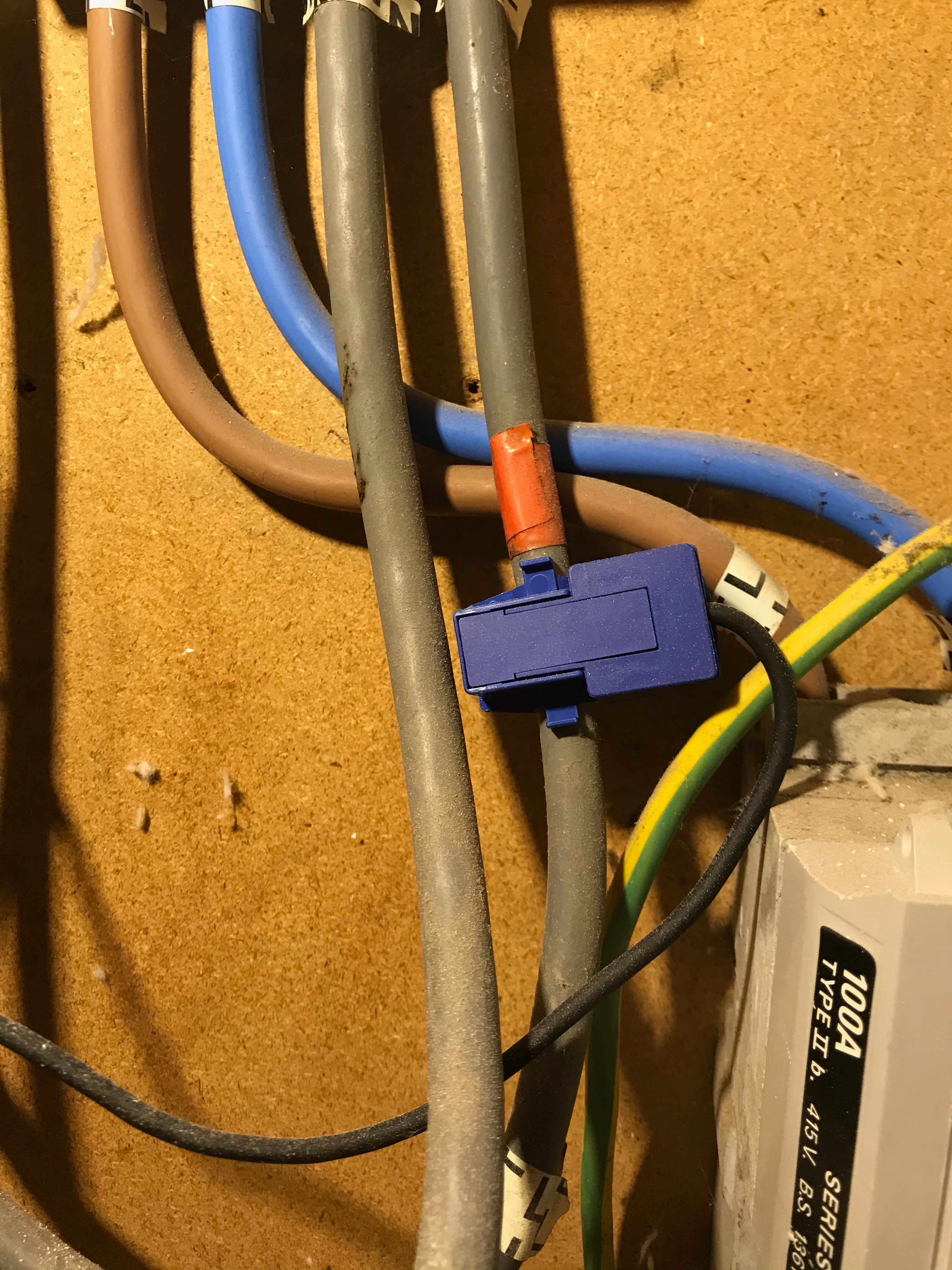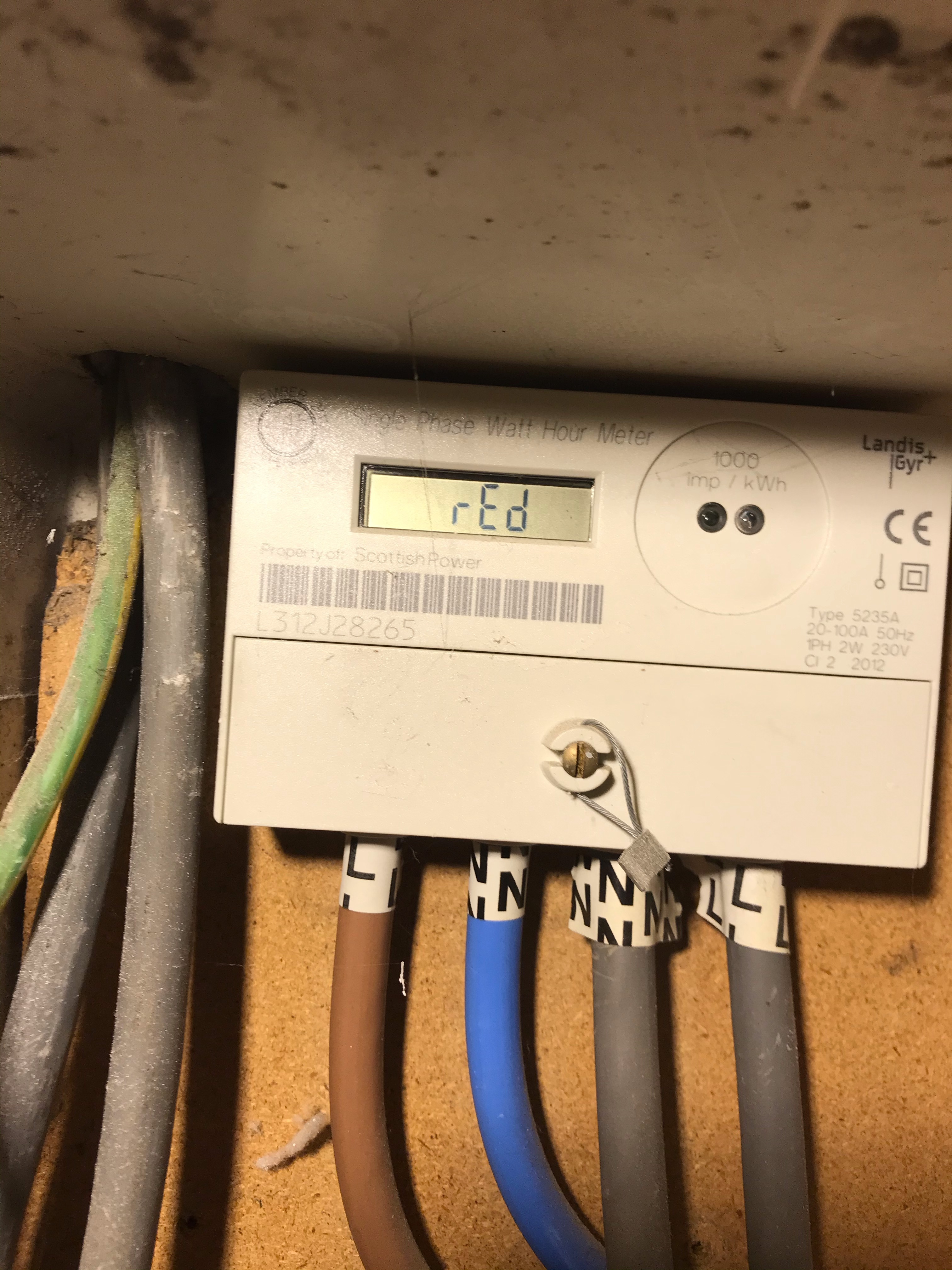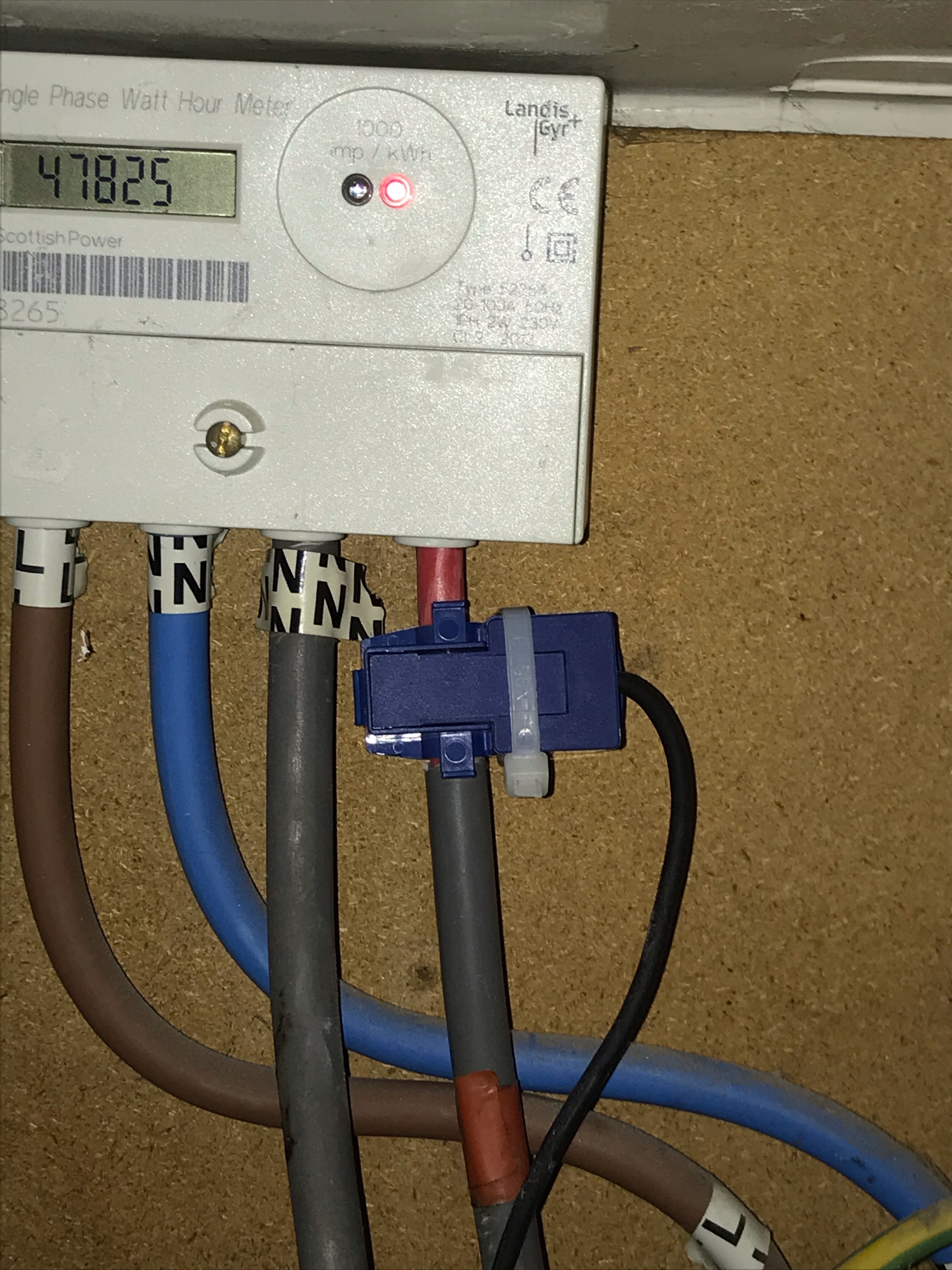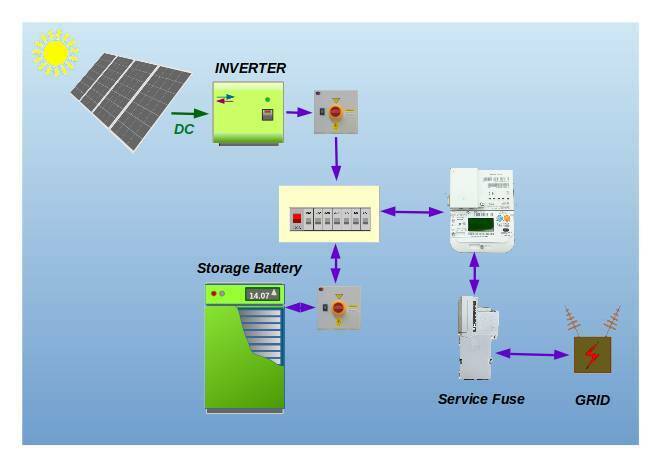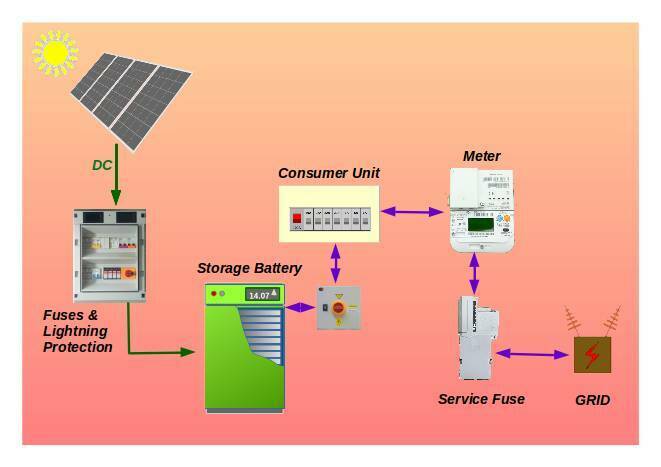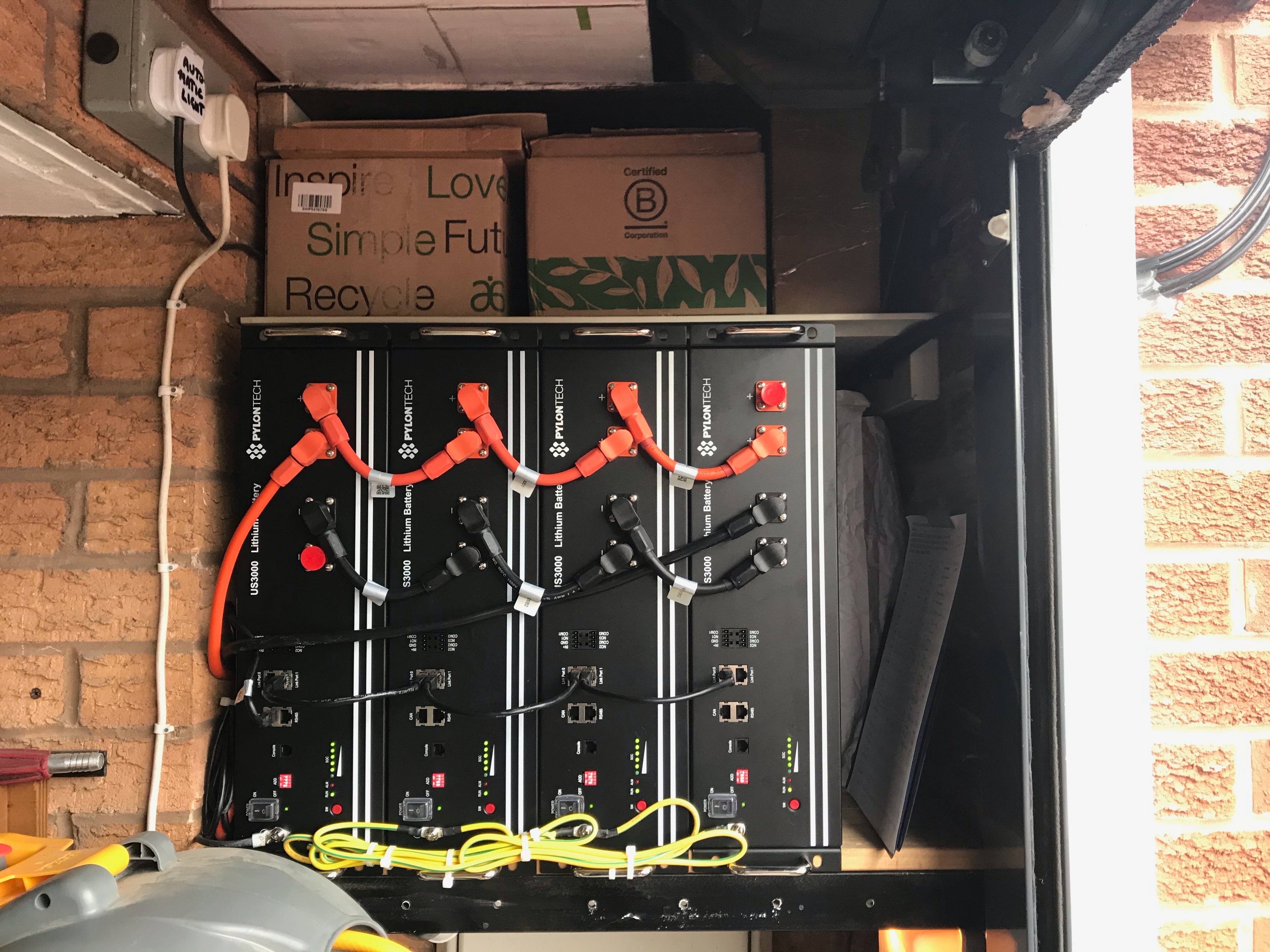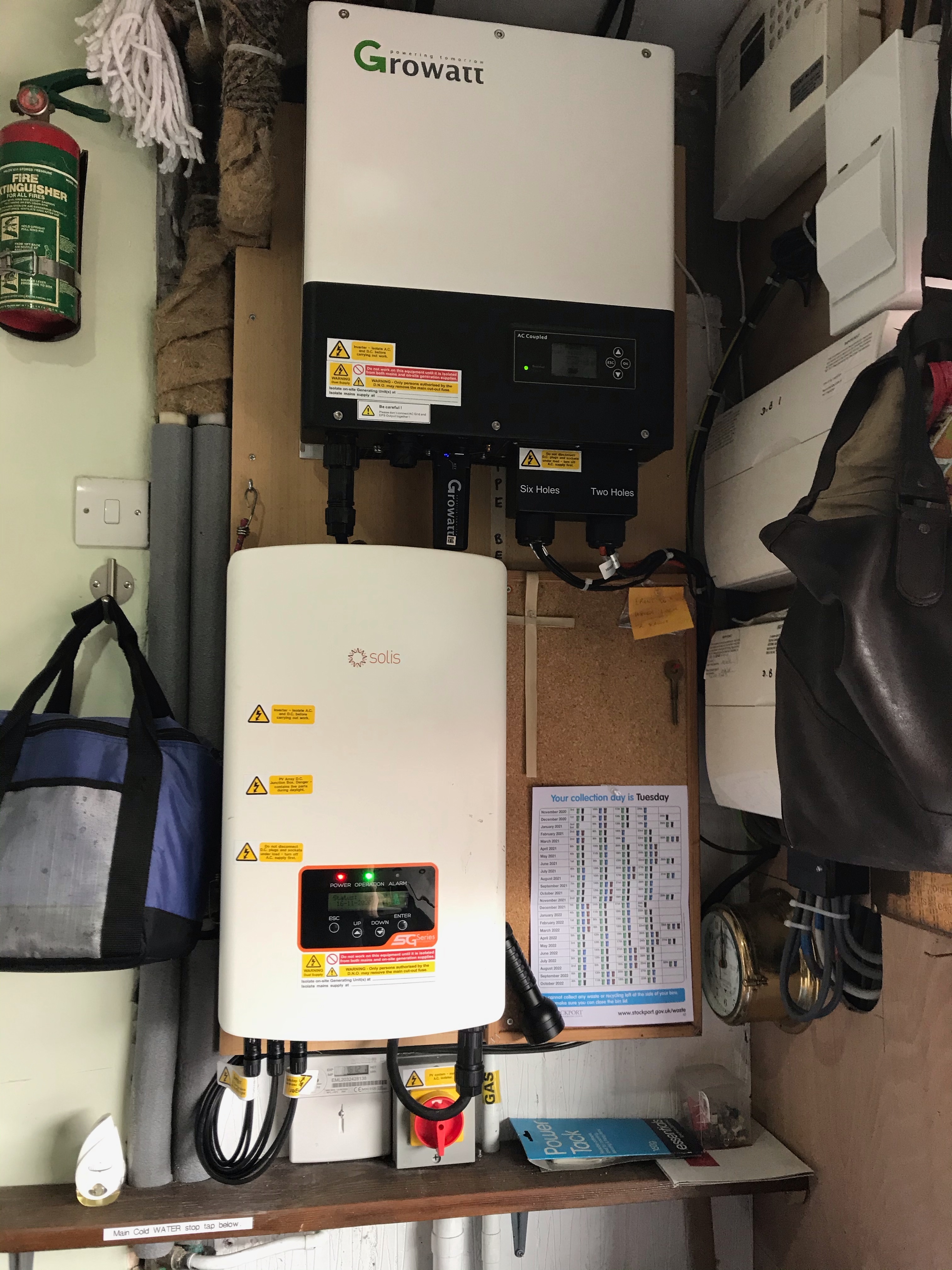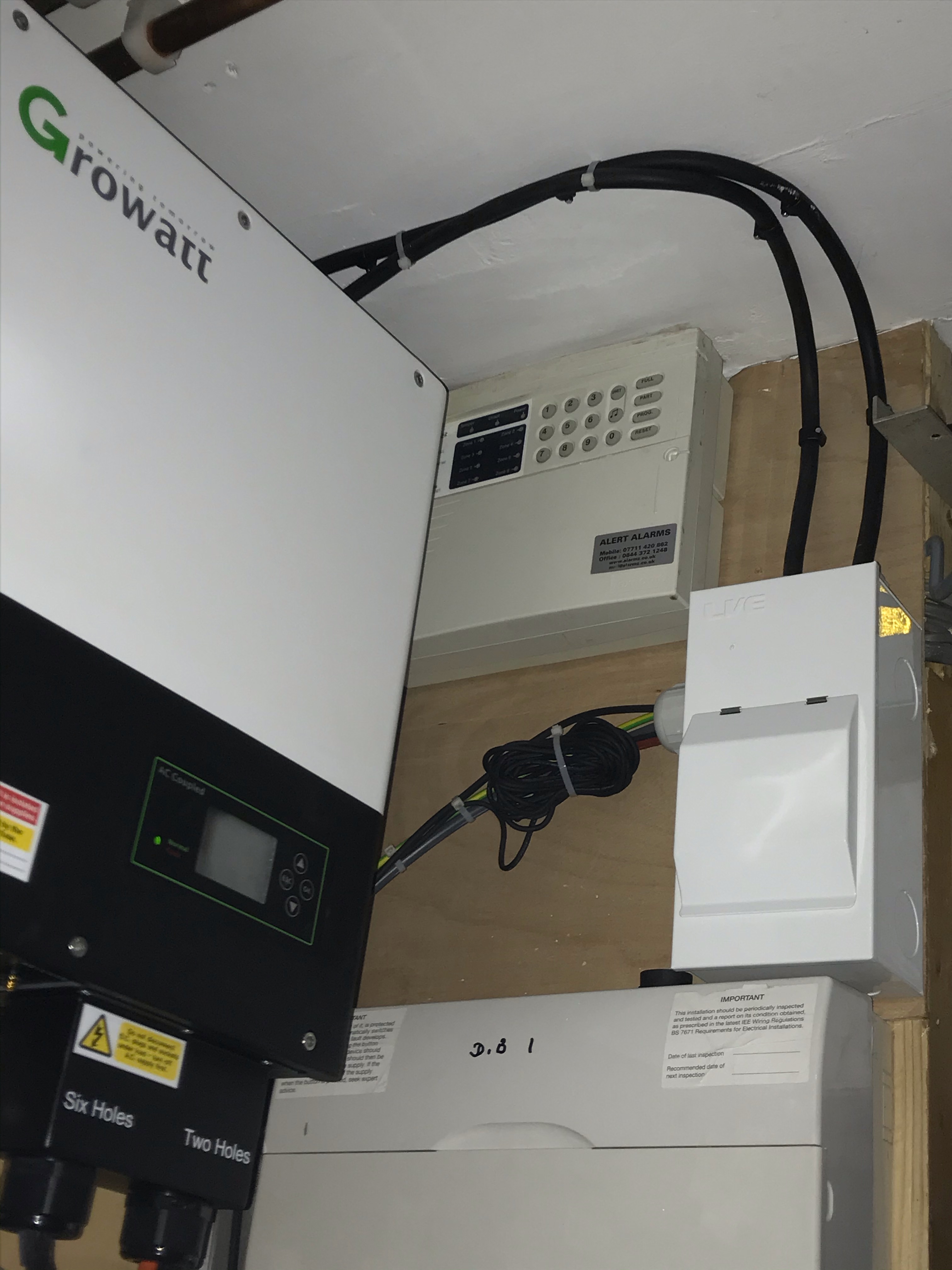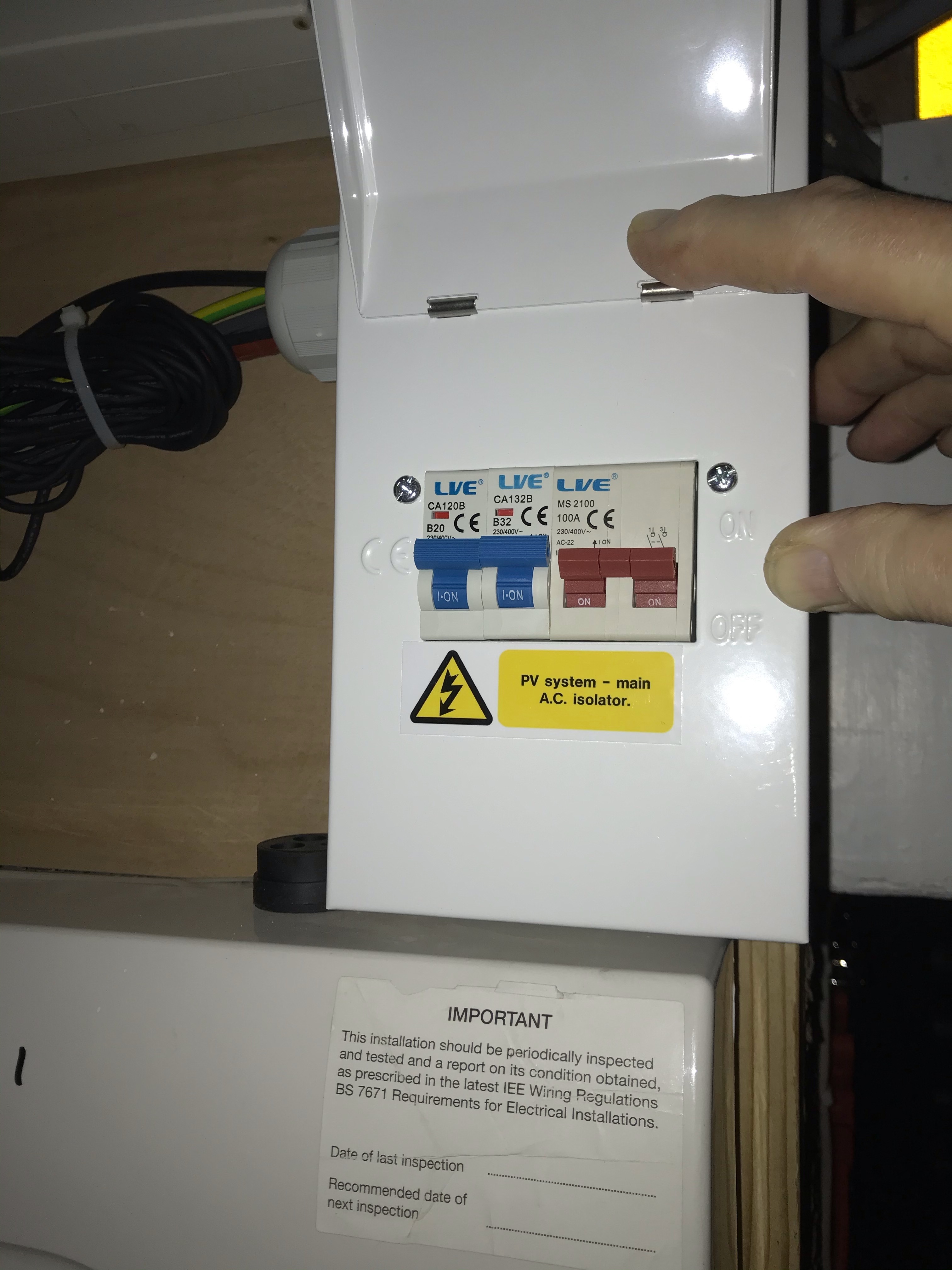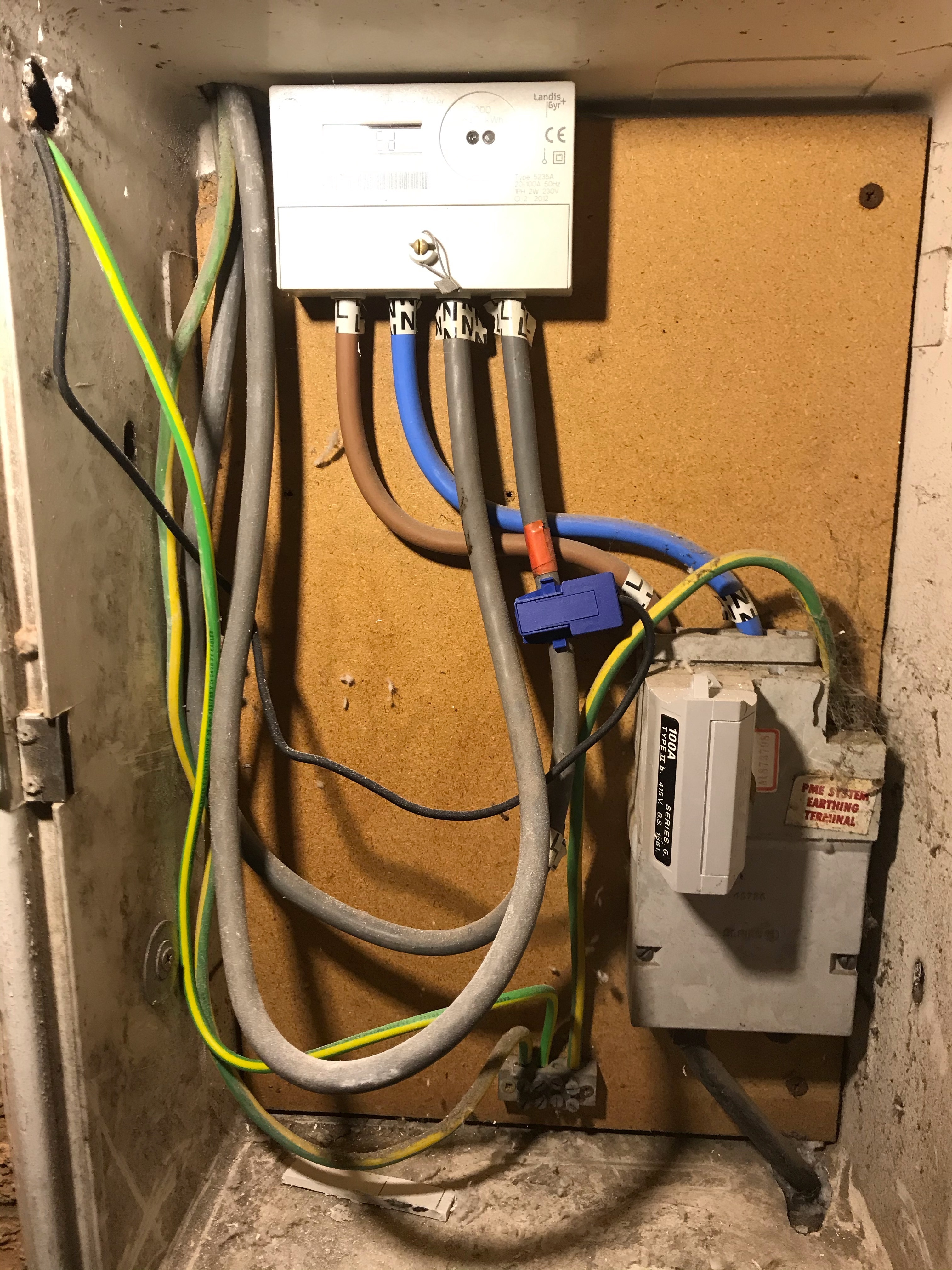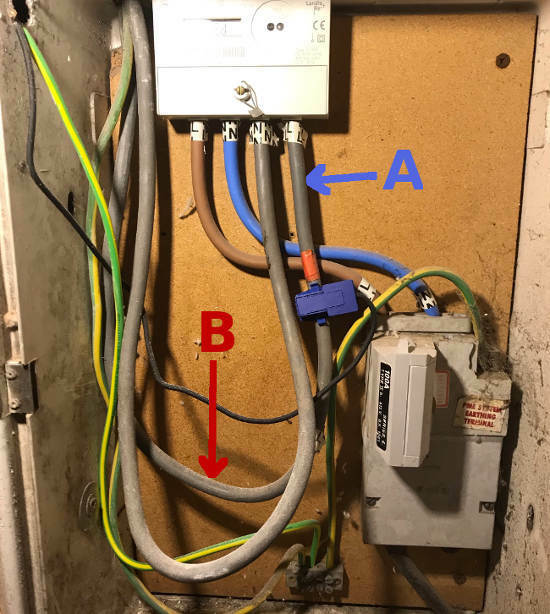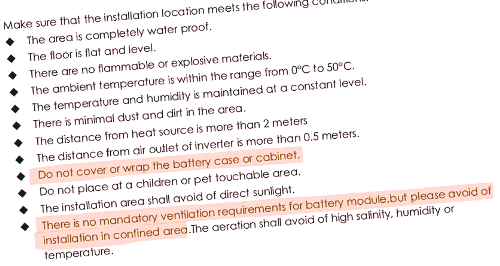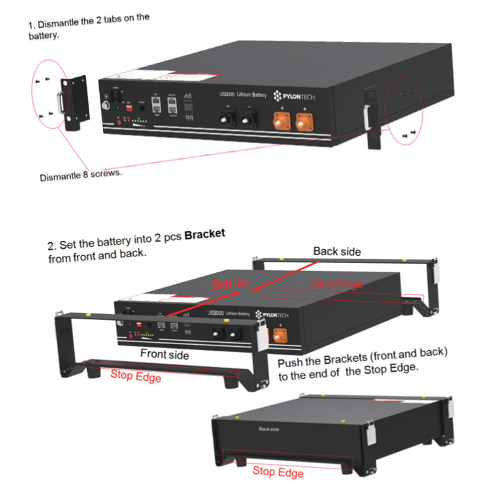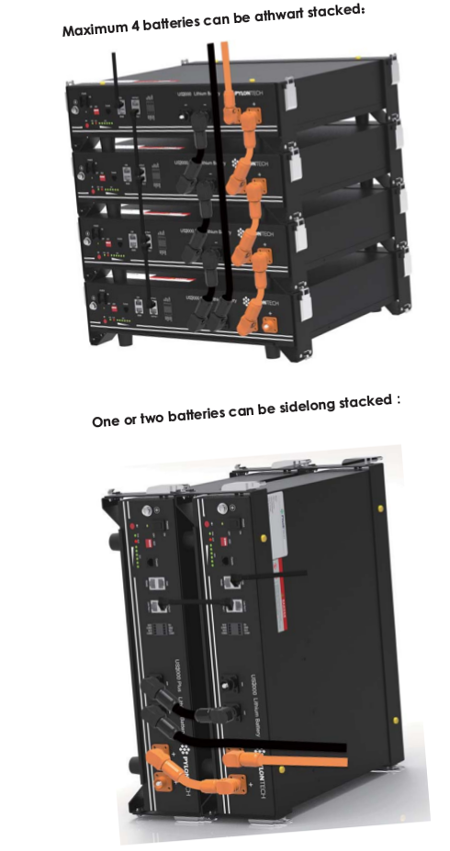Installation has just (Friday 13/11/20) been completed on my roof in Stockport of 28 solar panels and a PV Grid Tie single phase inverter charging 4 x 3.5kWh Li-ion batteries via a 3kW AC Coupled inverter. The included phone app shows that I am now drawing very little grid power and the batteries are fully charging even on fairly dull days, and are still fairly “full’ next morning. However, my daily meter readings are little changed from pre-solar times which means that my electricity bills will not decrease. I am not particularly concerned with selling power back to the grid as I understand that this is poorly rewarded at this time, but I am worried that the electricity which the sun is now freely providing directly for my consumption will still be charged for as if it were coming from the grid. I was expecting my meter to more or less stand still, or even “run backwards” but that isn’t happening. Is there a way to fix this please?
Best answer by Transparent
View original







